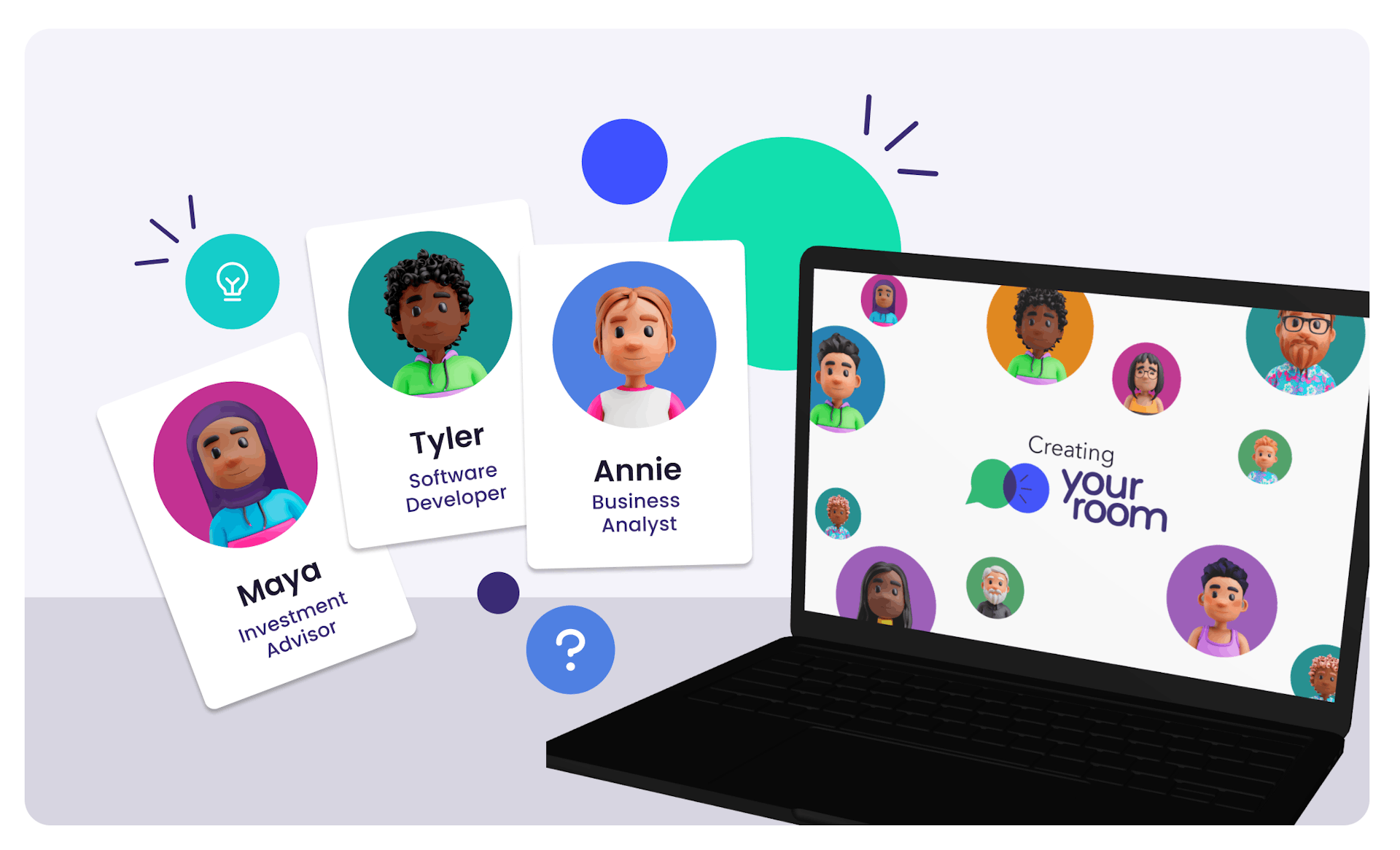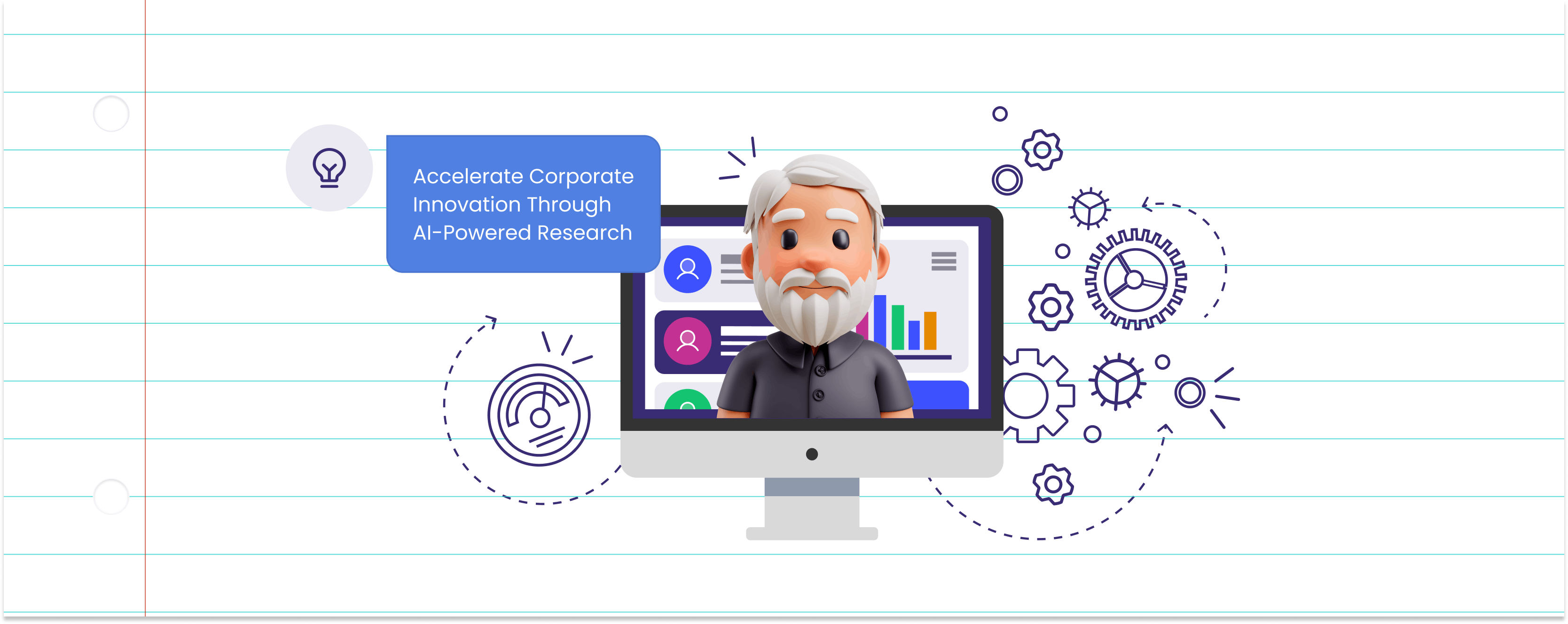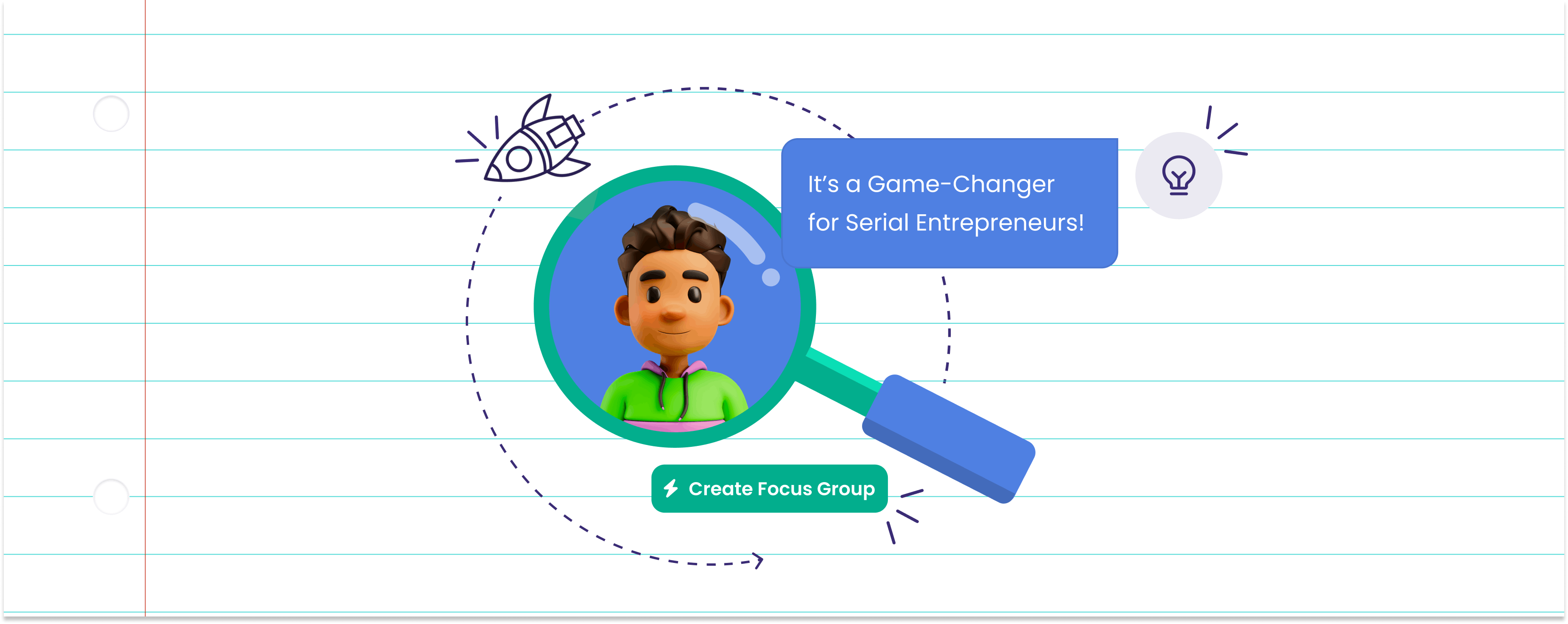
How to Prompt YourRoom for Maximum Effectiveness: Tips and Strategies
As artificial intelligence continues to evolve, tools like YourRoom have started to appear and have become increasingly powerful for various tasks. However, the key to unlocking the full potential of them lies in knowing how to prompt them effectively. A well-crafted prompt can dramatically enhance the quality and relevance of the responses you receive. Here are some tips on how to best prompt YourRoom to get the most out of it.
1. Get the Right People in the Room
This is vital to set yourself up for success. In a real life focus group situation, you can bring people who fit your ideal customer personas together. It's exactly the same in YourRoom. It can take a few attempts to get it right when you're first learning, so don't be put off if you don't get the right people straight away. You'll have a much better chance of success if you're specific.
For example:
" A group of men aged between 35 and 45 who are married, have a keen interest in cycling, earn over £70k and like to look and feel good when cycling"
Will generate a better group than:
"Men who cycle"
Why it works:
Being specific is key. YourRoom can generate literally anyone to be in the group. Use this to your advantage.
Once you have the right people in the room, you can move on to the questions you want to ask them.
2. Be Specific with Your Request
I can't emphasise this one enough. The more specific your prompt, the more accurate, diverse and relevant the responses will be. If you’re vague, the model may generate broad or generalised answers, which might not be what you’re looking for in a focus group situation.
Instead of:
"What factors influence your buying decisions"?
Try:
"What factors influence your buying decisions when buying washing powders to wash baby clothes"?
Why it works:
By narrowing down the product type and focusing on a specific use cases, you help YourRoom provide a more tailored and insightful answer.
3. Provide Context or Background Information
The more context you give, the better the response will be. If your question relates to a specific product or scenario, provide the necessary background information so YourRoom can better tailor its reply.
Instead of:
"How do you attempt to minimise your personal contribution to climate change"?
Try:
"How do you attempt to minimise your personal contribution to climate change with regard to using green cleaning products like Ecover and Method"?
Why it works:
This gives YourRoom a clearer understanding of your context, enabling it to offer advice that’s more relevant to your specific situation.
4. Use Follow-Up Questions to Dig Deeper
If the initial answer isn’t exactly what you were looking for, or presents a point you wish to press further, don’t hesitate to ask follow-up questions. YourRoom can adapt and dig deeper into secondary research based on additional guidance. Treat the people in the room the same as you would in a real focus group, and engage them in conversation about your product or service.
If one participant presents an interesting opinion, you could ask:
"Can you tell me more about that please, Simon?"
Why It Works:
Simon will then elaborate on his opinion and allow you to find out interesting thoughts about your product or service.
5. Request Multiple Perspectives
If you're seeking a deeper understanding of a topic, ask the group members to provide multiple viewpoints or angles on the issue. This is especially useful for exploring complex or nuanced subjects.
Instead of:
"What are the pros and cons of remote work?"
Try:
"What do you each think about the pros and cons of remote work"
Why It Works:
Asking for varied viewpoints gives you a broader, more holistic understanding of the topic, which can be especially valuable for decision-making or discussions.
Conclusion: Crafting Better Prompts for Better Results
To get the most out of YourRoom, it’s important to think of it as a collaborative market research tool. The more clear and specific you are with your prompts, the more likely you are to receive responses that are useful, insightful, and on point. Whether you’re looking for quick information, detailed explanations, creative help, or decision-making assistance, knowing how to communicate your needs will make a huge difference in the quality of the output.
So, experiment with your prompts, be patient with the process, and soon enough, you'll be mastering the art of prompting YourRoom to enhance your market research.



